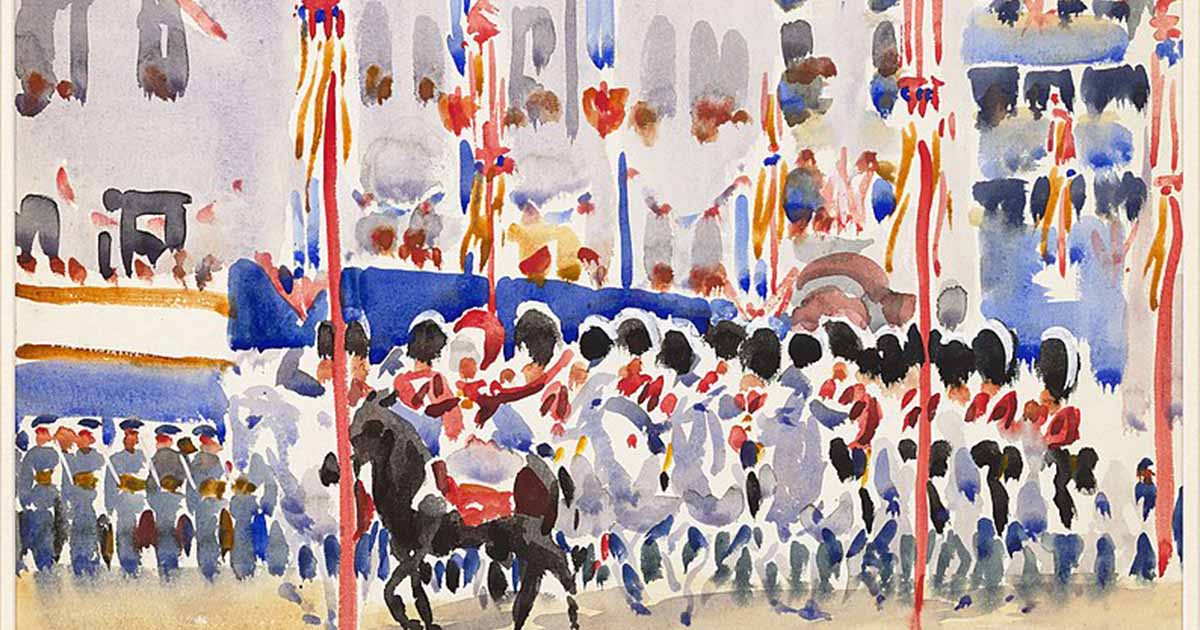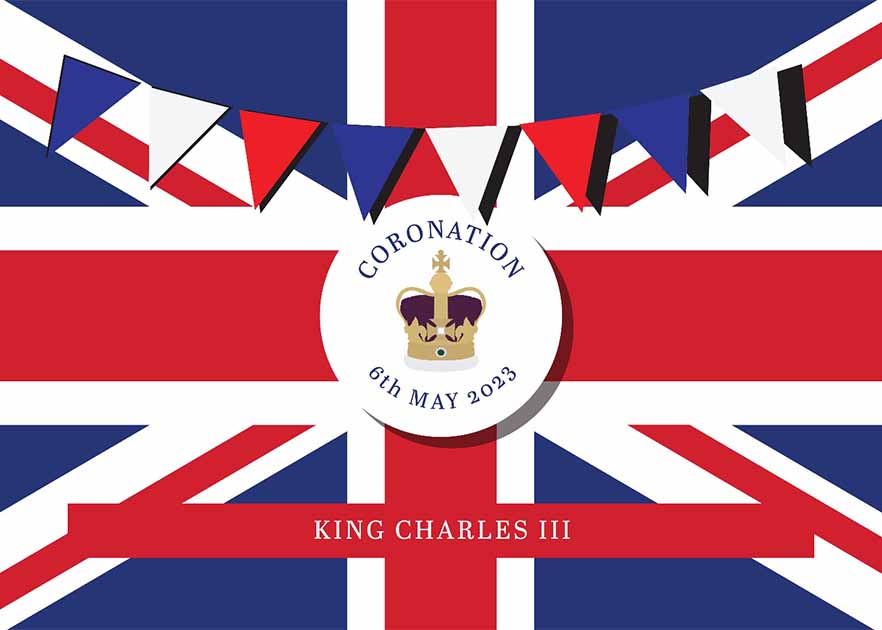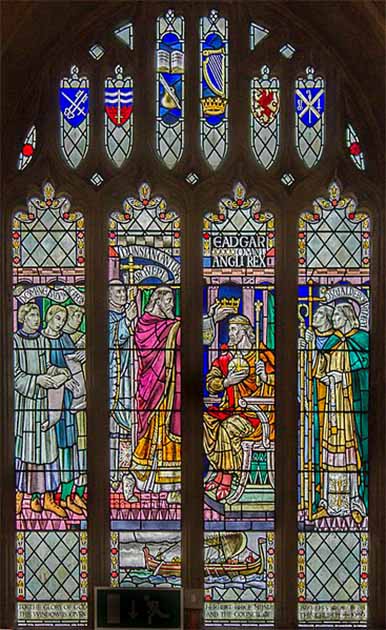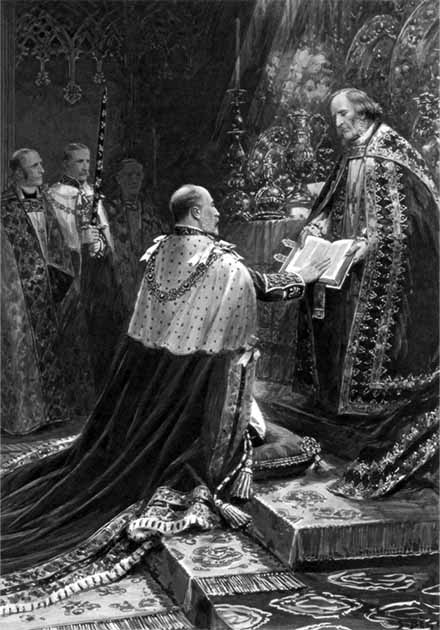
King Charles III’ Coronation, Tradition, Pomp And Ceremony
Britain is in the grip of Coronation fever – for the first time in 70 years. Commemorative coins, medallions and mugs are everywhere. And there are endless discussions by supposed experts on the pageantry, the procedure, the regalia, the costumes, the music, the coaches and the guest-list. But is all this just hype?

King Charles III Coronation (jessicagirvan/Adobe Stock)
Britain is the only European monarchy to still have coronations. In Spain the last coronation was held in 1494, in Denmark in 1840, and in Sweden in 1873. The Netherlands, Belgium and Luxembourg have never had a coronation. Instead of a coronation, in all these European monarchies there is a simple ceremony, usually held in the parliament or legislature, in which the new monarch swears to abide by the constitution. The crown is sometimes in evidence on a table near the monarch – but not on his or her head!
It is no coincidence that coronations in Europe have disappeared at a time when monarchs have been stripped of most of their powers and reduced to largely ceremonial status. By contrast with this reality - which applies in Britain as much as in most other European monarchies - a coronation gives the false impression of great monarchical power and divine grace.

The Crowning of King Edgar in 973, by Archbishop Dunstan and Oswald. Bath Abbey, designed by Edward Woore (1949) (Public Domain)
The form of the British – or, rather, the English – coronation has remained substantially the same for over a thousand years to before the Norman Conquest, since the coronation of the Anglo-Saxon King Edgar in the year 973 by Dunstan, the then Archbishop of Canterbury. The order of service devised by Dunstan is a skillful blend of three different traditions. First, there is acclamation followed by an oath, derived from the old Germanic tradition of an elective monarchy, then comes anointment with oil, which is considered the holiest part of the service, and thirdly there is the crowning itself, the most memorable part of the ceremony.

Edward VII taking the oath in 1902 by Samuel Begg - The Illustrated London News (Public Domain)




